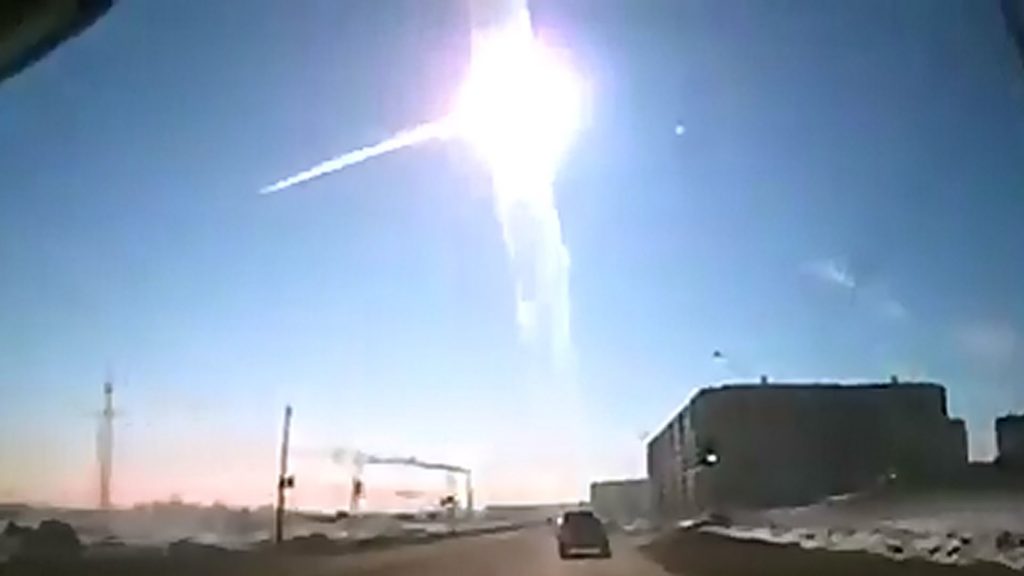For some time now I’ve been noodling with an idea for a story set on an asteroid forcibly occupied by a group of outcasts. Thinking through the plotline rekindled my research into what we know about this vast field of solar-orbiting objects and what, sooner or later, they might bring to the equation of the lives of us humans.
In both fiction and in our own real world, asteroids have been described as the harbingers of Armageddon, or as sources of unimaginable mineral wealth, or as stepping stones for the human race to gain access to the furthest reaches of our solar system.
From Arthur C. Clarke’s Rendezvous with Rama to Kim Stanley Robinson’s 2312 to the James S. A. Corey’s novels and TV series The Expanse to Neal Stephenson’s Seveneves, the science fiction concept of a future where humans take up permanent residence in a low gravity and naturally airless asteroid-like body repurposed for habitation has been around for a long time (though the nature of both Rama and its inhabitants were alien and unrevealed).
In fact, the Orbit Books website for Stan Robinson’s 2312 allows you to interactively construct his habitat, called a terrarium, from scratch (or to be precise, from asteroids).
And in recent years real asteroids have been headline news, making the front page as both threats and opportunities.
The so-called Chelyabinsk meteor that exploded 18 miles above Russia on February 15, 2013 was a near-earth asteroid weighing over 26 million pounds and traveling at 60,000 feet per second when it entered the atmosphere. The explosion released the energy equivalent of about 500 kilotons of TNT, almost 30 times more powerful than the original atomic bomb. Even more frightening, the Chelyabinsk meteor hit Earth with a glancing blow, and because it came at us from sunward, no one detected it, or even could have, before it entered the atmosphere.
And there’s the enticement of private mining of an asteroid. The costs of launching such an expedition are as daunting as the engineering and technology advancements required. But the potential reward for doing so is equally breathtaking. One expert in the field, John Lewis of the Lunar and Planetary Laboratory of the University of Arizona and author of a book titled Mining the Sky, estimated that even small asteroids could contain mineral content worth trillions of dollars – and there are a lot of mineral-bearing asteroids out there to tap into.
In 2012 a group of entrepreneurs and wealthy backers formed a company called Planetary Resources with a business objective of doing just that, and in 2015 they successfully launched their satellite Arkyd 3 into low-Earth orbit and tested some of their prospecting technology. Other players have since joined the chase.
And there’s the somewhat off-centered initiative announced by NASA in 2013 called the Asteroid Redirect Mission. The plan is to develop and build an unmanned spacecraft that can rendezvous with a near-earth asteroid, carve away a chunk weighing a ton or so, and tow it back into lunar orbit where astronauts arriving in an Orion Spacecraft will explore and study it and return samples to Earth for more detailed analysis. All this is to be accomplished by the mid-2020s.
NASA’s website states that the Asteroid Redirect Mission is part of their larger plan “to advance the new technologies and spaceflight experience needed for a human mission to the Martian system in the 2030s”. While their objective is not to build a human-habitable asteroid, many of the technologies involved (including: asteroid rendezvous, asteroid carving, asteroid repositioning, and asteroid human exploration) would, if successful, be relevant to eventually making an asteroid itself a human destination.
So as of now the threat and potential of our solar system’s asteroids lie somewhere between the dreams of science fiction …

And the realities of where we humans choose to direct our interests and initiatives …
I’ll spend time with each of these in later blogs.
Copyright 2016 Dandelion Beach LLC
Tool Dresser’s Law artwork Copyright Duncan Long
Images: NASA / Chelyabinsk Meteor Image: YouTube
















